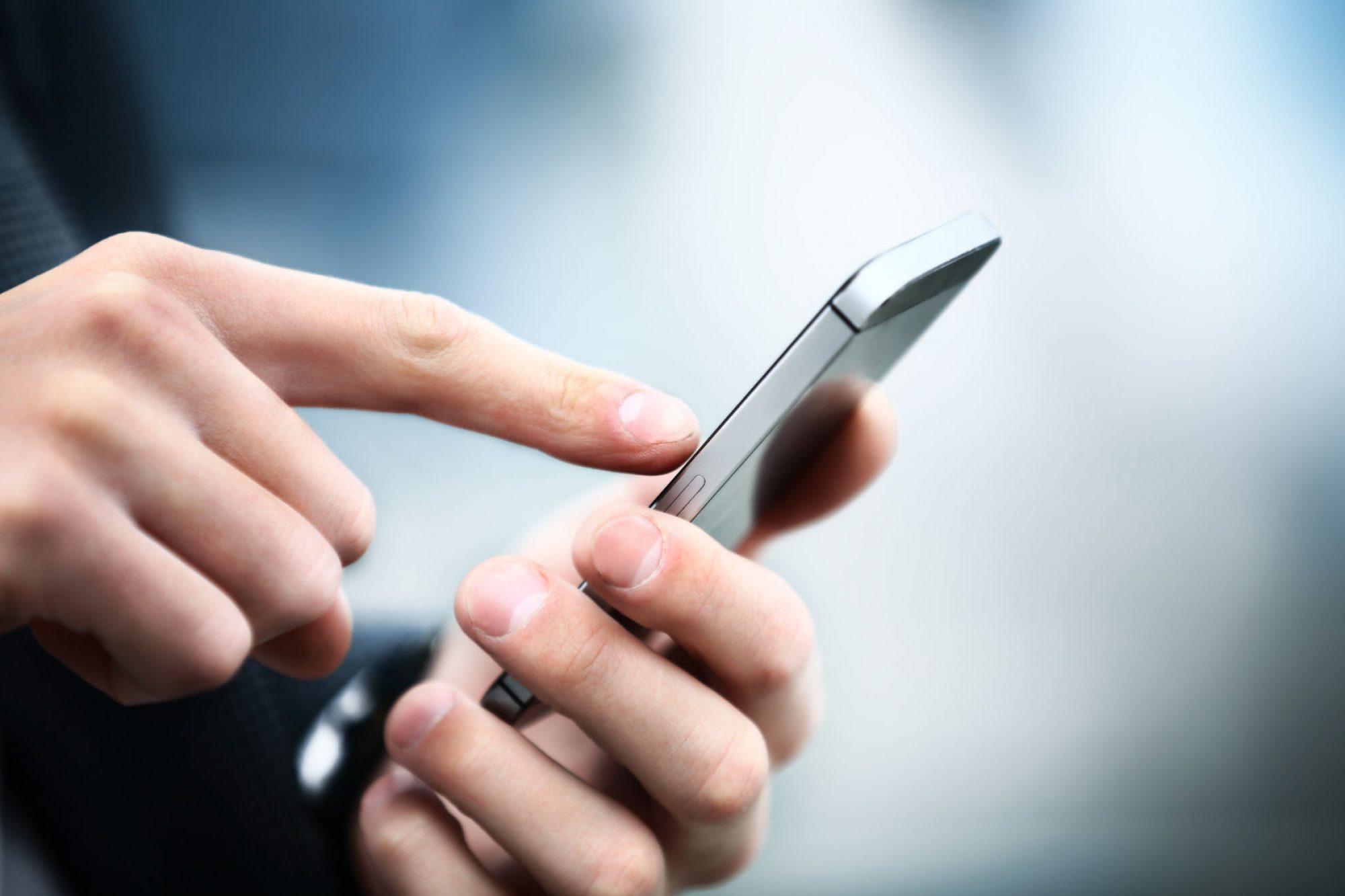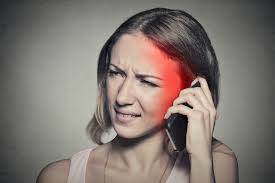How to Reduce Your Family’s EMF Radiation Exposure

There are now thousands of independent, peer-reviewed and published studies proving harm from exposure to wireless radiation, and new alarming studies continue to come out every day. This is a similar situation to tobacco and asbestos. We know what happened in those cases. Placing 4G/5G antennas just a few feet from houses and apartments, and forcing citizens into 24/7 involuntary exposure in some sort of giant experiment is wrong. We already have a better solution anyway: Fiber optic is proven, it’s safe, secure and much, much faster.
A cell phone is a microwave radio that works on much lower power but at roughly the same wavelength as a microwave oven. More than a dozen countries today restrict the use of cell phones by children and advise precautions regarding their use, including using headsets, speakerphone, and text messaging.
In 2016, the National Toxicology Program released a report from its 16-year, $25 million study examining the health impacts of wireless radiation. The study, which aimed to give the government a conclusive answer as to whether or not the radiation emitted from cell phones can cause harm, found that it can cause brain tumors, heart tumors and DNA damage.
Scientists determined that the microwave field flowing from our phones is “proven to be harmful to humans and the environment.”

This conclusion comes as no surprise in much of the developed world, where public health officials have taken evidence of harm seriously for years. In the United Kingdom, France, Belgium, Russia, and other nations, wireless users—especially children—are urged to minimize their exposure to microwave radiation.
But in the United States, public health officials have been hesitant to sound the alarm. In 2014, the Centers for Disease Control issued a public statement urging caution with cellphone use, but retracted the statement just a few weeks later.
Instead of waiting for government action, here is what you can do right now to keep you and your family safe.
PERSONAL ACTION
KEEP YOUR DISTANCE
If you read the “fine print” from the manufacturer’s instruction manual it tells users to keep a distance between the phone and your head and body. The fine print warnings for cell phones range from a few millimeters to almost an inch. The fine print warnings on other wireless devices such as Wi-Fi routers, home cordless phone base stations and baby monitors generally state devices should be at 20 em, or about 8 inches. If people are closer than the manufacturer stated separation distance, then they can be exposed to RF levels that violate the US government radiation limits.
- Prefer texting to voice calls and when doing so hold the phone away from your body. Phones typically use less radiation to send text than to speak, and texting keeps radiation from your head. However sharing photos or videos increases your radiation exposure.

- Use a headset or speakerphone to reduce the amount of radiation to the brain.
- Your exposure drops more than exponentially as you move the phone away from your head. Even when using the speaker, hold the phone away from your torso when you are talking and be sure that the back of the phone is not close to others, especially nursing infants or other children.
- Carry phones away from the body and not in a pocket or bra.
- Teach your children about this issue. Tweens and teens and the rest of us should not sleep with a cell phone under pillows or next to the bed all night. Use a battery alarm clock.
- Pregnant women should keep their cell phone away from their abdomen. New mothers should also protect their babies from the phone. Do not speak on the phone or text while holding the device near the abdomen or the baby’s head. A fetus’s or baby’s developing brain is most susceptible to radiation.
- Men, especially those trying to become fathers, should also keep their cell phones turned off when in their pockets.
DO NOT USE THE PHONE WHEN THE SIGNAL IS WEAK
The weaker the signal, the more the radio frequency has to boost itself to get connected, increasing your exposure.
- Be wary of radiation shields and other such protective devices that are claimed to limit exposure to radiation. They may reduce the connection quality and therefore force the phone to transmit at a higher output power.
- Minimize use when reception is weak (such as in a rural areas) or when you are in a metal box, such as an elevator, train, or car.
TURN IT OFF
- Do not keep a phone turned on next to your body all day. When you are not using the phone, if it is on, stow it in a backpack, purse, or bag. If you keep it on your waist, turn it off. Do not keep a wireless headset turned on in your ear or in your pocket when not in use.
- Whenever possible, only use your phone when the signal quality is good. The weaker the signal, the more the radio frequency has to boost itself to get connected, increasing your exposure.
BECOME WIRED AT HOME
- Use a corded landline at home and not a cordless phone, as these emit radio frequency radiation like that of cell phones. (Having a landline means you will have a working phone if and when electricity is cut off during blackouts or if cell towers are not working.)
- Choose wired Internet (Ethernet cable modems) at home instead of wireless systems, if possible. Use wired computers to do as much as possible of your Internet connection and social media and streaming videos. If you do use wireless systems, unplug them during sleeping hours or when you are not using them.
- When you connect digital devices with wired Internet connections, remember to turn the Wifi off and the bluetooth OFF in settings and turn the Wifi off the router. (Even if you are using a wired connection, the device will emit if the Wi-Fi antennas are on.)
- Choose non-wireless options instead of wireless for tech and accessories such as computers, laptops, printers, gaming consoles and handsets, security, mouse, keyboard, video cameras, HVAC, speakers, headphones, microphones and other accessories.
POLITICAL ACTION
More than a dozen countries advise restricting the use of cell phones by children and limiting direct exposures to the bodies and heads of adults. In the United States the Federal Communications Commission (FCC) is responsible for issuing rules on cell phones. The U.S. Food and Drug Administration (FDA) has taken the position that they do not regulate or evaluate cell phone safety before marketing, but they only act if and when a phone is found to be dangerous. The FDA does regulate microwave ovens, which use much higher power than cell phones, because leaking ovens or other uses of microwave radiation at high power have triggered heart attacks in those with pacemakers and are associated with other serious health problems.
Join the Campaign for Safer Cell Phones on our Web site www.ehtrust.org and write to your member of Congress if you want access to better information on these matters. We call on local, state, and national government and the private sector to:
- Require that warning labels about safer cell phone use be applied to cell phones.
- Require that phones be sold with earpieces and speakerphones.
- Increase public awareness about the specific absorption rate of all phones and ways to reduce exposures to radiation.
- Conduct a major review and revision of safety standards, incorporating state of-the-art science, and support a major multidisciplinary independent research program on cell phones.
- Develop specific recommendations about lowering direct radiation to the head.
- Conduct a national survey of radio frequency radiation exposure (the last one was done in 1980) and develop monitoring of heavy cell phone users by creating access to cell phone billing records to qualified researchers.
- Require that pre-market testing be done before new technologies are deployed.
 Devra Davis, PhD, MPH, is the founder and President of Environmental Health Trust, a scientific think tank that carries out research on environmental health risks
Devra Davis, PhD, MPH, is the founder and President of Environmental Health Trust, a scientific think tank that carries out research on environmental health risks




